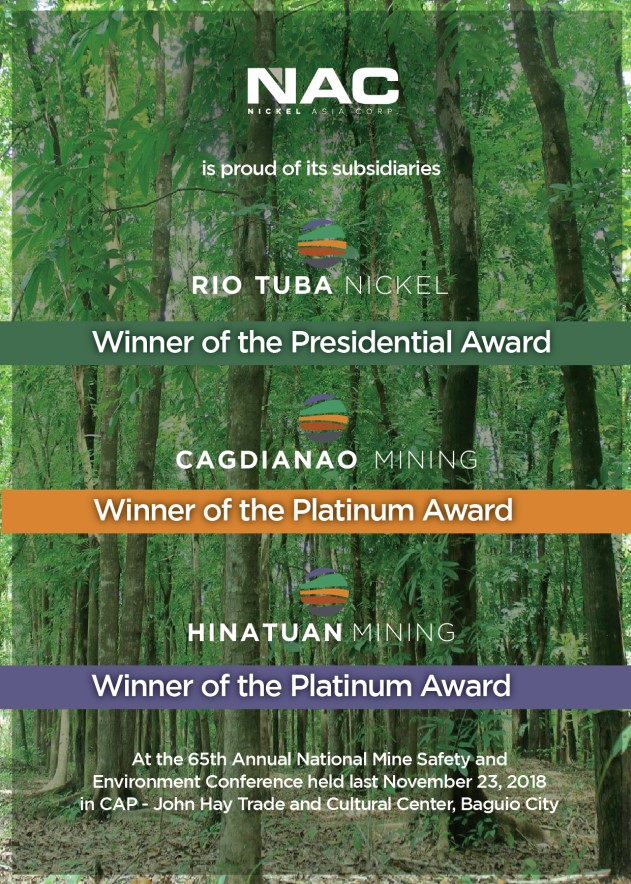Stricter shellfish monitoring by LGU sought
THE National Integrated Fisheries Technology Development Center (NIFTDC) has reiterated its appeal to local government units (LGUs) to restrict the harvesting of infected shellfishes in their areas as the Harmful Algal Bloom (HAB) or red tide has now spread to Alaminos City.
The other HAB-affected areas in western Pangasinan are Anda, Bani and Bolinao.
Dr. Westly Rosario, chief of the NIFTDC under the Bureau of Fisheries and Aquatic Resources (BFAR), made the call anew following reports that several sacks of oysters and mussels from western Pangasinan were recently seized by Department of Agriculture officials in the fish market of Dagupan.
Rosario stressed that the most effective way to contain the problem is for LGUs to strictly and regularly monitor the sites where the infected shellfish are sourced.
The sacks of shellfish were hidden under tin receptacles filled with fish shipped to Dagupan by traders who came from western Pangasinan.
The owner of the shipment, who had no auxiliary invoice issued by the concerned LGU, escaped before she could be questioned by authorities.
RED-TIDE FREE
Shellfish from Dagupan, Binmaley and Lingayen remain free from red tide and are safe for consumption, Rosario said.
He added that the three areas may be spared from HAB because of the mix of fresh water coming from upstream of the Agno River.
Rosario explained that HAB thrives in water where there is high salinity, such as in Alaminos, Anda, Bani and Bolinao, which all share the narrow Caquipotan Channel at the Lingayen Gulf.
In Barangay Lucao, center of shellfish trading in Dagupan, oysters are still being sold which, vendors say, were harvested from Dagupan’s oyster farms.
However, sales have been on a decline as consumers are avoiding oysters and mussels because of red tide scare.






